Hericium Erinaceus
15 in stock
- Stimulates the brain function
- Strengthens the nervous system to endure stress, exhaustion, strain and lack of energy
- Enhances memory and concentration, prevents forgetfulness.
- Delays the aging process
- Has anti-tumor effects – strengthens the immune system in fighting the growth of tumor cells and has a cytotoxic effect
>>>Read More
27,225CFA
15 in stock
HERICIUM ERINACEUS – HB 19
Brain Power Booster & Neural Nourishment”
Benefits:
- Stimulates the brain function.
- In Alzheimer’s disease and various other neurological conditions, it stimulates the activity of the syntheses of Nerve Growth Factor (NGF) which may enhance cognitive function and help to slow down the onset of dementia, brain dysfunction associated with Alzheimer’s;
- Strengthens the nervous system to endure stress, exhaustion, strain and lack of energy.
- Enhances memory and concentration, prevents forgetfulness.
- Delays the aging process.
- Contains anti-oxidant properties
- Has anti-tumor effects – strengthens the immune system in fighting the growth of tumor cells and has a cytotoxic effect.
- Cardio-vascular tonic – supports the function of cardiovascular system, lowering blood pressure and serum cholesterol.
- Digestive tonic – improves the function of the gastro-intestinal system improving digestion and preventing constipation. It is effective at treating constipation, stomach and duodenal ulcer as well as chronic atrophic gastritis.
- Nervous system tonic – strengthens nervous system to ensure the stress and exhaustion endurance,
- Immune system booster – speeds up the overall recovery after illness or medical treatment;
- Helps regulate blood sugar and cholesterol levels.
What is Hericium erinaceus?
Hericium erinaceus is one of the most famous mushrooms in oriental history and has been traditionally used as medicinal mushroom in China and Japan for centuries.
Legend tells us that the ones that regularly consume this mushroom would have the steel nerves and memory of a lion. This magnificent mushroom grows off the recently fallen deciduous broad-leaved trees, mostly oaks. Its white flesh is slightly ice-like translucent and rubbery when touched. The base is strongly attached to the tree trunk and it is difficult to remove it without the use of a sharp knife.
Lion’s Mane is not just an edible mushroom, it is regarded a culinary delicacy and one of the four most famous Chinese dishes. The secret is to pick the mushroom at the right time. When prepared the texture reminds one of an octopus, squid or a lobster. It is delicious when sty-fried with oyster sauce or chopped cold in a salad with sesame oil and seaweed. It has a rubbery texture if it is picked and cooked when too young; if too old it develops an unpleasant sour taste. Exquisitely enjoyable when prepared at the prime time.
Other names for this mushroom are: Lion’s Mane, Monkey Head and Bear’s Head (thanks to the beautifully cascading long white tendrils hanging down from the solid rubber-like base). In China it is called Houtou, in Cantonese it is Hous Gu. In Japan it is called Yamabushitake because of the resemblance to the ornamental cloth worn by monks, Yamabushi. Its English common name is Hedgehog Fungus.
Nutritional Components: Polysaccharide, Hericenones, Protein, Amino acid (especially Glutamic acid – 0.6422mg/g).
Its bioactive constituents are Hericenone A, B, C, D, E, F, G and H, Xylan, Heteroxylan, Heteroglucan, Proteoglycan. Its beta glucan polysaccharides, along with polypeptides and fatty acids have a lot to do with these curative effects. Clinical studies have shown that these polysaccharides, along with adenosine and oleanolic acids, stimulate induction of interferon and modulation of the immune system, boosting the white blood cell count to help the healing process. These substances also enhance the function of the gastric mucus barrier, accelerate the healing of ulcers, and exhibit anti-inflammatory effects.
HEALTH BENEFITS
Lion’s Mane mushroom or Hericium Erinaceus is definitely a rising star among natural treatments for some of the world’s most difficult health problems. This mushroom has been highly prized in Chinese tradition, where exclusively reserved for the Emperors. The ancient herbalists promised “nerves of steel” and “the memory of a lion” to the privileged few who were allowed to eat this restricted delicacy. Lion’s Mane’s medical benefits were already well known to the Chinese doctors as a curative for problems of the digestive tract such as stomach and duodenal ulcers, as well as for cancers of the esophagus, stomach and duodenum.
Neurological disorders
Hericium erinaceus has indeed shown great potential benefit in neurological disorders, helping combat some of the symptoms and underlying causes of dementia and Alzheimer’s disease as well as peripheral neurological dysfunction. A lack of NGF is considered one of the major causes of Alzheimer’s disease.
Dr. Hirokazu Kawagishi of Shizoka University Japan, a recognized authority on Lion’s Mane for the past 15 years, showed the mushroom to have the remarkable activity of stimulating the synthesis of Nerve Growth Factor (NGF) and promoting the process of myelination. NGF is a protein molecule that was discovered by Rita Levi-Montalcini and isolated by Stanley Cohen, for which they jointly received the 1986 Nobel Prize for Medicine. It is synthesized in minute amounts in all vertebrate tissues
Dr. Mark Tuszynski of University of California, San Diego explains that NGF is the prototype of the neurotrophion family of polypeptides. They play an essential role in the differentiation and survival of several nerve cell populations in the peripheral and central nervous system.
NGF as a protein, however, cannot pass through the blood-brain barrier, the semi-permeable membrane between the blood and brain, which allows only small, lipid-soluble molecules to pass through it. NGF is too large to permeate the membrane; so in a brain with diminishing amounts of NGF, how do we maintain an adequate amount to support healthy neuron repair and renewal?
Dr. Kawagishi and his team isolated two types of molecules within Lion’s Mane, which both stimulate NGF production and also crucially, pass unhindered through the blood-brain barrier. The first of these substances is found in the fruiting body (the part of the mushroom which sprouts out of the ground or tree stump) and are called hericenones. Hericenones stimulate the brain to produce more NGF. An even more powerfully effective group of substances called erinacines were found in the mycelia (the root system) of Lion’s Mane. Small enough to pass through the blood-brain barrier, erinacines work from within the brain to promote NGF production, which in turn helps make more neurons.
This process results in alleviating symptoms of Alzheimer’s disease and even Parkinson’s disease. This is one of the most significant discoveries of the last 50 years and is why the Nobel Prize was awarded for its discovery. As Paul Stamets, one of the world’s leading mycologists and author of several reference works on medical mushrooms, puts it, “Lion’s Mane mushroom mycelium is nature’s nutrients for your neurons.” The Chinese have known this benefit for thousands of years, as the ancient herbalists promised nerves of steel and the memory of a lion to the privileged few who were allowed to east this restricted delicacy.
Increased production of NGF may enhance cognitive function and help to slow down the onset of dementia, brain dysfunction associated with Alzheimer’s disease and various other neurological conditions. Nerve Growth Factor (NGF) is effective in prevention of nervousness, forgetfulness and early aging process.
Peripheral neurological dysfunction / Peripheral sensory polyneuropathy
The erinacines, by promoting NGF production throughout the body, also help to alleviate symptoms of peripheral neurological dysfunction. Dr. Will Boggs reports in Neurology magazine that NGF significantly improves the pain symptoms of HIV-infected patients with sensory neuropathy. Sensory neuropathy affects as much as 35% of all AIDS patients.
Dr. Giovanni Schifitto from the University of Rochester, New York studied the safety and effectiveness of human NGF for HIV-associated distal sensory polyneuropathy in 200 affected patients. Their symptoms were significantly alleviated with the administration of the NGF. As the numbers of sufferers needing some type of NGF replacement therapy climbs ever higher, and with no cure in sight from modern medicine, many people are starting to turn to Lion’s Mane mushroom as a real way to slow down and reverse the symptoms of these devastating diseases.
A national trend to add Lion’s Mane to our daily supplemental requirements would go a long way to improve the quality and length of life. The fact that one food source is able to provide the body with the nutrients it needs to stimulate nerve cell regeneration, along with the immune-enhancing properties of beta glucans in healing the digestive tract of ulcers and cancers, is nothing short of remarkable.
Digestive tract disorders
Beyond this promising arena of ongoing study, Lion’s Mane is well known to Chinese doctors as a curative for problems of the digestive tract such as stomach and duodenal ulcers, as well as for cancers of the esophagus, stomach, and duodenum. This mushroom’s medicinal properties extend even to boosting the body’s immunity, stimulating the production of both interferon and white blood cells. Better yet, Lion’s Mane has shown no signs of toxicity or side effects in any scientific research.
Other benefits.
Clinical trial tests reveal that Hericium Erinaceus polysaccharides-HEP is effective as anti-tumor natural product by enhancing various immune system functions rather than attacking the tumor cells directly.
Studies confirm many of Lion’s Mane traditional uses, such as supporting the function of cardiovascular system, lowering blood pressure and serum cholesterol, strengthening the respiratory system, acting as a digestive tonic when indigestion and constipation problems occur.
Ailment chart for medicinal mushrooms
Symptom
Symptom | Cordyceps Sinensis | Hericium erinaceus | Grifola frondosa Maitake | Ganoderma lucidum Reishi | Lentinula edodes Shiitake | Agaricus blazei murill | Natural Immune Force |
AIDS (ACQUIRED IMMUNODEFICIENCY SYNDROME) | * |
| * | * | * | * | * |
ALZHEIMER’S SENILE DEMENTIA |
| * |
| * |
|
| * |
ALOPECIA (BALDNESS) |
|
|
| * |
|
| * |
ANOREXIA | * |
|
|
|
|
| * |
ANXIETY DISORDERS |
| * |
| * | * |
| * |
ARTHRITIS |
|
| * | * | * |
| * |
ANAEMIA | * |
|
|
|
|
| * |
ASTHMA |
|
| * | * |
| * | * |
ATHEROSCLEROSIS |
|
|
| * | * | * | * |
ATTENTION DEFICIT DISORDER |
| * |
|
|
|
| * |
BLADDER CANCER |
|
| * | * |
| * | * |
BREAST CANCER |
| * | * |
|
| * | * |
BRAIN CANCER |
| * |
| * | * | * | * |
BRONCHITIS CHRONIC | * | * |
| * |
| * | * |
CHOLESTEROL (HIGH) | * |
| * | * |
| * | * |
COLO-RECTAL CANCER |
|
| * |
|
| * | * |
COMMON COLD, FLU |
|
| * | * | * | * | * |
CARDIOMYOPATHY |
|
|
| * |
| * | * |
CANDIDIASIS |
|
|
| * | * |
| * |
CELLULITIS |
|
| * | * |
|
| * |
CEREBRAL PALSY | * |
|
| * | * |
| * |
CEREBRAL INSULT | * |
|
|
|
| * | * |
CHOLLECYSTITIS | * |
|
|
|
|
| * |
CHRONIC FATIGUE SYNDROME | * |
| * |
| * | * | * |
CHRONIC VENOUS STASIS ULCER | * |
|
|
|
|
| * |
CLASSIC MYGRAINE | * |
|
|
|
|
| * |
CORONARY HEART DISEASE | * |
|
| * |
| * | * |
DEMENTIA | * | * |
| * |
|
| * |
DEPRESSION | * |
| * |
|
|
| * |
DERMATITIS |
|
|
| * |
| * | * |
DIABETES TYPE I AND TYPE II | * |
| * |
| * | * | * |
DISSEMINATED (OR MULTIPLE) SCLEROSIS |
|
| * |
| * |
| * |
DIZZINESS |
|
|
| * |
|
| * |
ECZEMA |
|
| * |
|
| * | * |
EMPHYSEMA |
|
|
| * |
| * | * |
EPILEPSY |
|
|
| * | * |
| * |
ENDOMETRIOSIS |
|
|
|
| * |
| * |
FEMALE CLIMACTERIC |
|
| * |
|
|
| * |
FIBROMYALGIA |
|
| * |
|
|
| * |
FLU |
|
| * | * | * | * | * |
GALLSTONES | * |
|
|
|
|
| * |
GASTRIC OR STOMACH CANCER |
|
| * |
|
| * | * |
GASTRITIS CHRONIC ATROPHIC |
| * |
|
|
| * | * |
HAIR LOSS |
|
| * |
|
|
| * |
HAEMORRHOIDS |
|
|
| * |
|
| * |
HERPES SIMPLEX |
|
|
|
| * | * | * |
HERPES ZOSTER (SHINGLES) |
|
|
|
| * | * | * |
HEADACHE, MIGRAINE | * |
|
|
|
|
| * |
HEPATITIS | * | * |
|
| * | * | * |
HIGH BLOOD PRESSURE | * |
| * |
| * | * | * |
HIGH CHOLESTROL | * |
| * | * |
| * | * |
HIV INFECTION |
|
| * | * | * | * | * |
HYPERTENSION | * |
|
| * |
| * | * |
HYPERTHYROIDISM | * |
|
|
|
|
| * |
IMMUNE ENHANCER | * |
| * | * | * | * | * |
IMPOTENCE | * |
|
| * | * |
| * |
INDIGESTION |
| * |
|
|
| * | * |
INFERTILITY (MALE) | * |
|
|
| * |
| * |
INFERTILITY (FEMALE) | * |
| * |
|
|
| * |
INFLUENZA |
|
| * |
|
| * | * |
INSOMNIA |
|
|
| * |
|
| * |
KIDNEY STONES |
|
|
| * |
|
| * |
KIDNEY DISORDERS OR DISEASES | * |
|
| * |
|
| * |
LEUKAEMIA | * |
| * |
|
| * | * |
LYMPHOEDEMA |
|
|
|
| * |
| * |
LIVER CANCER |
|
|
| * |
| * | * |
LIVER CIRRHOSIS |
|
|
| * | * | * | * |
LIVER FUNCTION ABNORMALITIES |
|
|
| * | * | * | * |
LUNG CANCER |
|
|
| * |
| * | * |
LUPUS |
|
| * |
| * | * | * |
MALE CLIMACTERIC |
|
| * | * |
|
| * |
MALE IMPOTENCE | * |
|
|
| * |
| * |
MENOPAUSAL AILMENTS |
|
| * |
|
|
| * |
MENTAL RETARDATION | * | * |
|
|
|
| * |
MANIC-DEPRESSIVE DISORDERS |
|
|
| * | * |
| * |
MYOCARDIAL ISCHEMIA | * |
|
| * |
| * | * |
MINIMAL BRAIN DYSFUNCTION | * | * |
|
|
|
| * |
NEPHRITIS | * |
|
|
| * |
| * |
NERVOUS IRRITABILITY |
| * | * |
|
|
| * |
NERVOUSNESS |
|
| * |
| * |
| * |
OBESITY OR OVER MASS |
|
| * |
|
|
| * |
OSTEOARTHRITIS |
|
|
| * |
|
| * |
OSTEOPOROSIS |
|
|
| * |
| * | * |
PANCREATITIS | * |
|
|
| * |
| * |
PARALYSIS | * | * |
|
|
|
| * |
PARESIS | * | * |
|
|
|
| * |
PARKINSON’S DISEASE |
| * |
| * |
|
| * |
PEPTIC ULCER | * |
|
|
|
| * | * |
PHLEBITIS |
|
|
| * |
|
| * |
PNEUMONIA | * | * |
|
|
| * | * |
PLEURISY |
| * |
| * |
| * | * |
PROSTATE CANCER | * |
| * | * | * | * | * |
PROSTATE ENLARGEMENT |
|
| * |
|
|
| * |
PROSTATITIS |
|
| * |
| * |
| * |
PSORIASIS | * |
| * |
|
|
| * |
PYELONEPHRITIS |
|
|
|
| * |
| * |
RADIATION SICKNESS |
|
| * |
|
|
| * |
RHEUMATOID ARTHRITIS |
|
|
| * | * | * | * |
RETINAL HAEMORRHAGE | * |
|
|
|
|
| * |
SCLERODERMA |
|
|
|
| * |
| * |
SKIN CANCER |
|
|
|
| * | * | * |
SEXUAL DYSFUNCTION IN MEN |
|
|
|
| * |
| * |
STOMACHAL AND DUODENAL ULCER | * | * |
|
|
| * | * |
STRESS REDUCER | * |
| * | * | * | * | * |
SYSTEMIC LUPUS ERYTHEMATOSUS (SLE) |
|
| * |
|
| * | * |
THROMBOSIS |
|
|
| * |
|
| * |
VENOUS STASIS |
|
|
| * |
|
| * |
VARICOSE VEINS |
|
|
| * |
|
| * |
THYROID CANCER |
|
|
|
| * | * | * |
ULCERATIYE COLITIS | * |
|
|
|
|
| * |
URINARY STONES (CALCULI) | * |
|
|
|
|
| * |
UTERIN FIBROIDS (MYOMATA) | * |
|
| * |
|
| * |
WEIGHT LOSS |
|
| * | * |
|
| * |
Any Combination of MediMushrooms Capsules may be taken together.
Select the ones that will best treat your symptoms.
PRESENTATION: box of 90 capsules
Serving Size: 1 Dose Per Box: 90 | ||
Ingredient | Dosage | % daily value |
Hericium Erinaceus (head fungus monkey) | 500 mg | * |
Other ingredients: cellulose microcrystalline,gelatin, magnesium stearate, silicone dioxide. | ||
| Weight | 70 g |
|---|

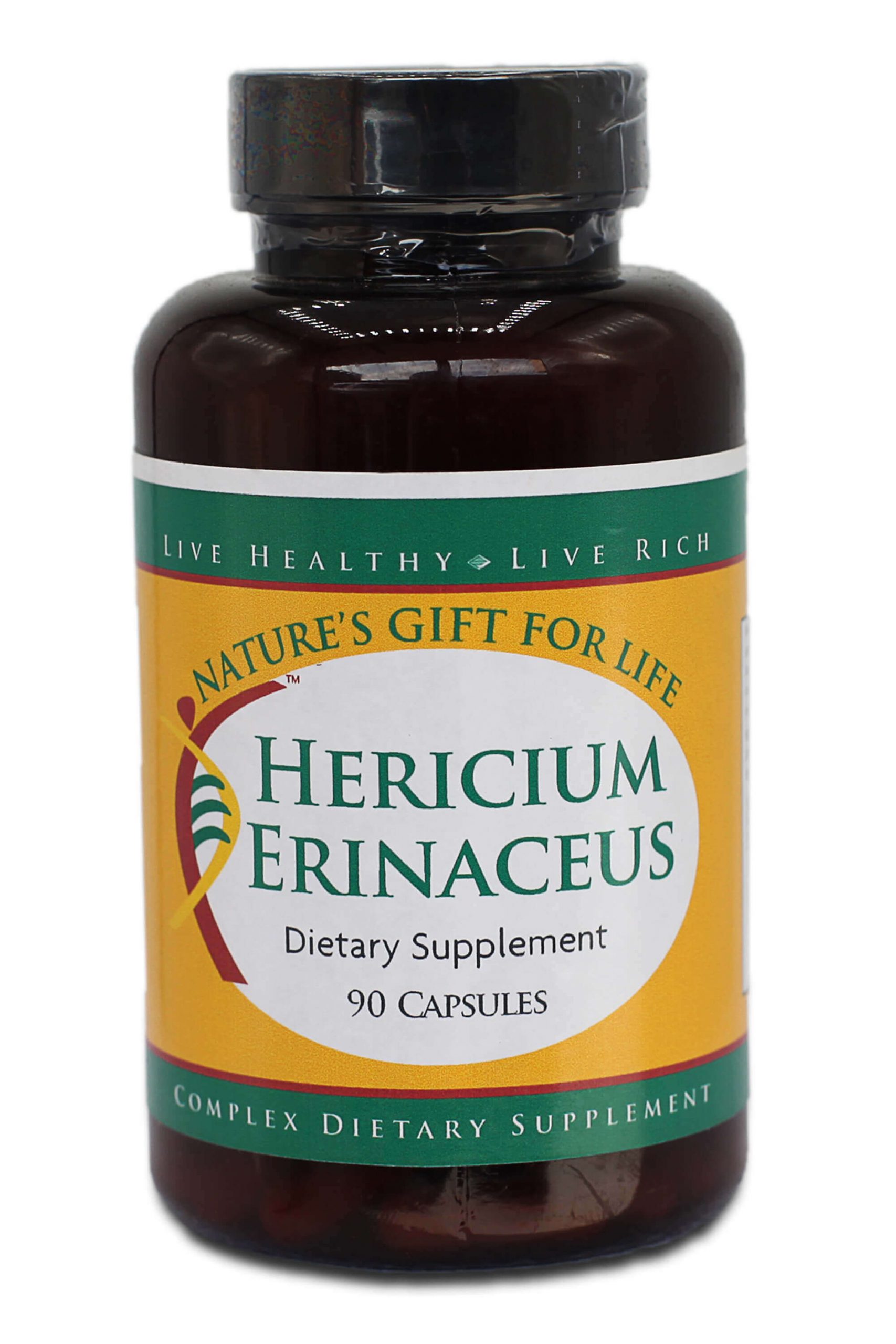
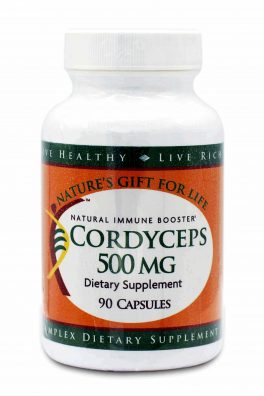
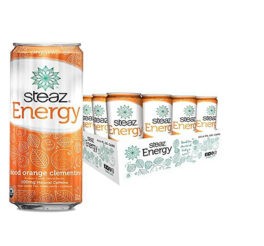
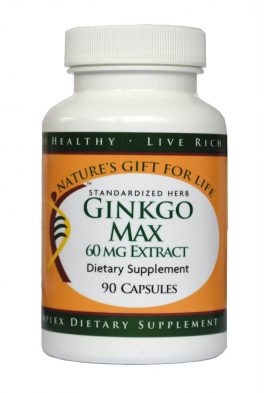
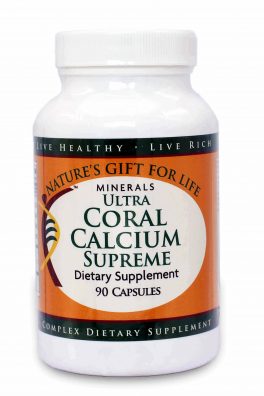
There are no reviews yet.